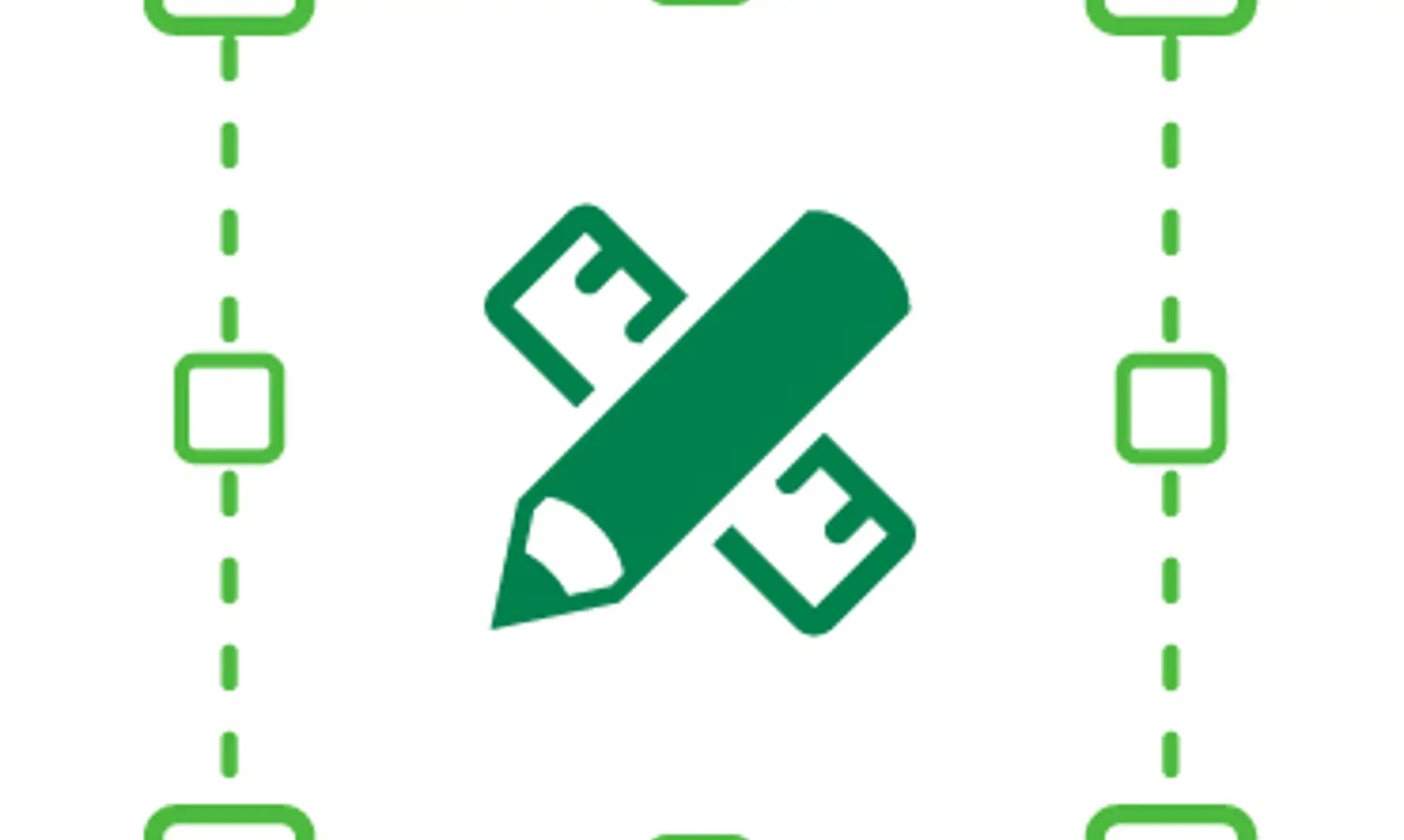Tracing the circle

Circular economies are the way forward. And this means rethinking traditional manufacturing methods. In part two of Circular Index, we explore the elements enabling the shift from linear to circular production.
In our previous post, we discussed the principles of the circular economy and its potential impact. Though many manufacturers are prioritising a shift towards a circular model, working towards business sustainability is not a solo project. It needs rethinking and redesigning not just in terms of the individual product, but the entire value chain.
Design it circular
There is no quick-fix solution to becoming circular. It requires going back to the product design stage and integrating the element of reuse into the entire process. In a nutshell, if any part of the product is left over after being used, it needs to re-enter the economy in some form or another. The objective of circular design is that every part of the product should be “made to be remade”.

Collaborative use of resources
All products require resources to be created and in turn also create waste even if it is minimal. But with collaboration, the definition of waste and raw materials can be interchanged. Take Danone. The manufacturer uses whey extracted during manufacturing of Greek yoghurt as a resource for its nutritional range and has plans to incorporate it further – enabling circularity in its production while saving costs.

Partnering with nature
The elements of circular economy are interlinked, encompassing the entire supply chain. Working in tandem with nature requires a multipronged approach that involves supporting natural processes and leaving room for nature to thrive – from the use of responsibly sourced raw materials and consideration for biodiversity to the use of renewable energy for production and water reuse during manufacturing, among others.

A deeper look
Simplistically, circular economy is identified by the continuous flow of materials in the economy. But there will always be some waste, be it food and beverage products or an automobile part. So, how can the circular economy be implemented when working with different materials, say, technical and bio-based materials? The approach differs. For products consisting mostly of technical materials, the aim is to continue to reuse, repair or remanufacture as much as possible, with whatever remains moving to the end-of-life recycling stage. On the other hand, for products made with bio-based materials, use of renewable sources that can be put back into the ecosystem – thereby eliminating waste – is the focus.
The video below illustrates this framework through a circular economy system diagram, also known as the butterfly diagram.
At SIG, we are continuously working towards a circular economy – be it with our use of FSC-certified paperboard for all our packs, or our commitment to being net positive. It is evident that every step is vital in the journey towards circular economy but what barriers need to be overcome and how? Don’t miss our take – join us for part three of the series by subscribing to SIGnals Update, our exclusive bi-weekly newsletter. Learn more about the need for a collaborative, multi-stakeholder approach to sustainability progress by downloading this case study on applying net positive principles to beverage carton recycling.
- 4月 28, 2022
